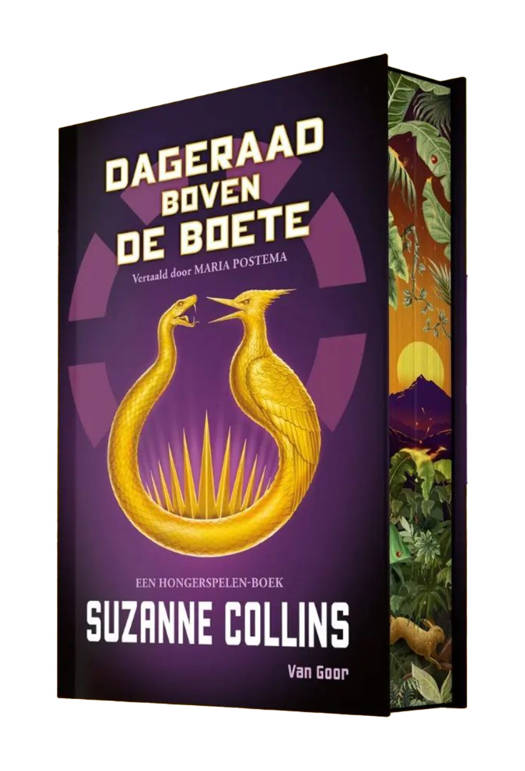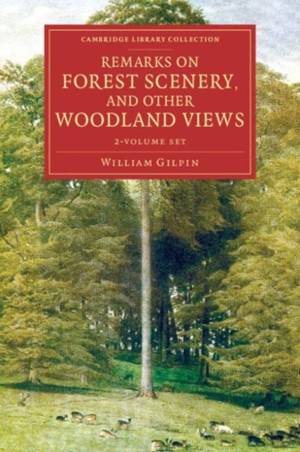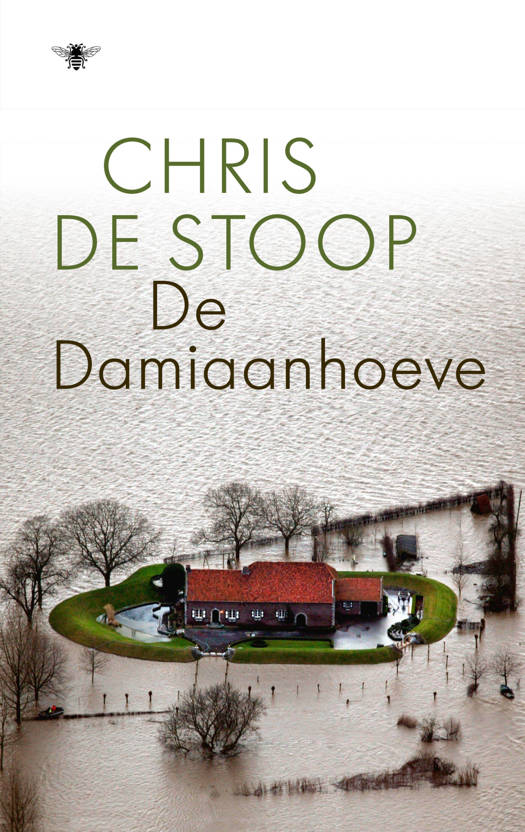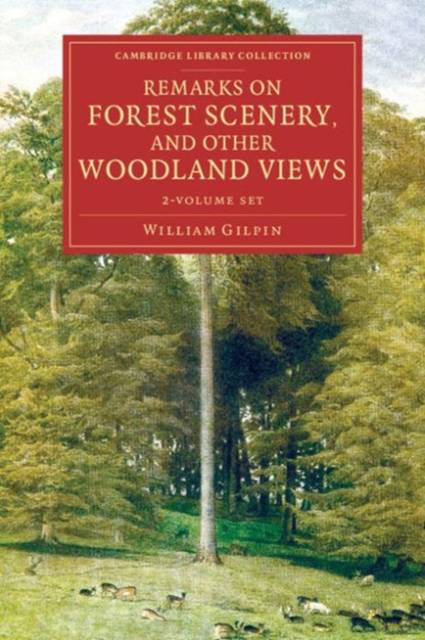
- Afhalen na 1 uur in een winkel met voorraad
- Gratis thuislevering in België vanaf € 30
- Ruim aanbod met 7 miljoen producten
- Afhalen na 1 uur in een winkel met voorraad
- Gratis thuislevering in België vanaf € 30
- Ruim aanbod met 7 miljoen producten
Zoeken
Remarks on Forest Scenery, and Other Woodland Views 2 Volume Set
Illustrated by the Scenes of New-Forest in Hampshire
William Gilpin
€ 68,45
+ 136 punten
Omschrijving
Clergyman, schoolmaster and writer on aesthetics, William Gilpin (1724-1804) is best known for his works on the picturesque (many of which are also reissued in this series). Moving in 1777 to become vicar of Boldre, Hampshire, he was able to endow two schools there with income from his successful writings. He defined 'picturesque' as 'a term expressive of that peculiar kind of beauty, which is agreeable in a picture'. This two-volume work on forest trees, inspired by his New Forest home, was published in 1791. In his dedicatory address to his patron, William Mitford, Gilpin observes that his earlier experiences of the picturesque had been in mountainous or hilly areas; but in his walks and rides in the forest, he had become fascinated by the beauty of trees. In Volume 1 he discusses different forests and tree species, and in Volume 2 specific picturesque locations in the New Forest.
Specificaties
Betrokkenen
- Auteur(s):
- Uitgeverij:
Inhoud
- Aantal bladzijden:
- 748
- Taal:
- Engels
- Reeks:
Eigenschappen
- Productcode (EAN):
- 9781108084871
- Verschijningsdatum:
- 15/04/2016
- Uitvoering:
- Boek
- Afmetingen:
- 152 mm x 229 mm
- Gewicht:
- 2131 g

Alleen bij Standaard Boekhandel
+ 136 punten op je klantenkaart van Standaard Boekhandel
Beoordelingen
We publiceren alleen reviews die voldoen aan de voorwaarden voor reviews. Bekijk onze voorwaarden voor reviews.











